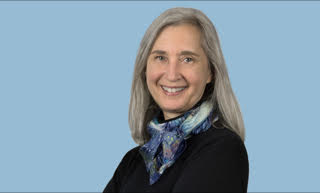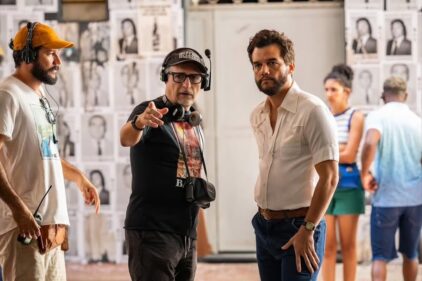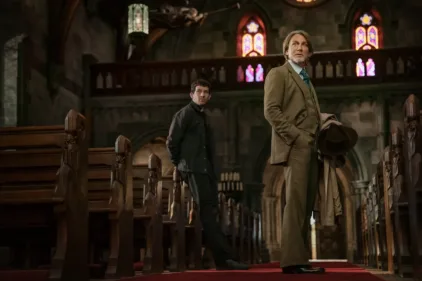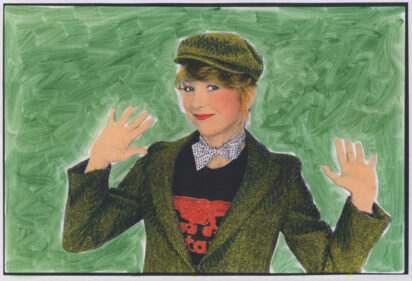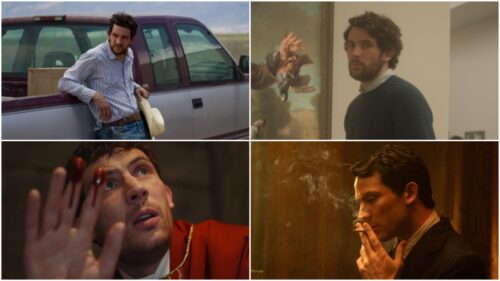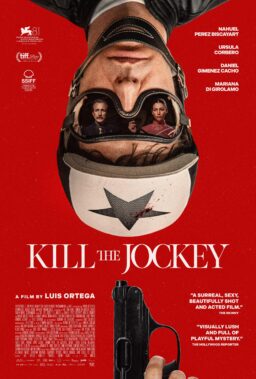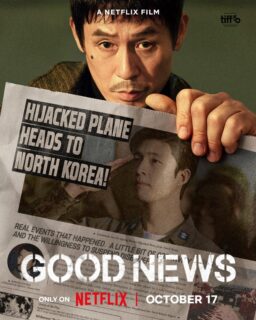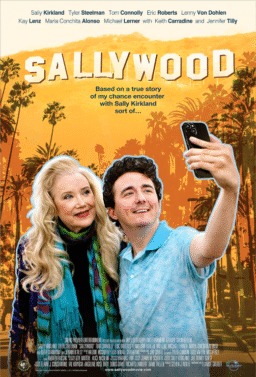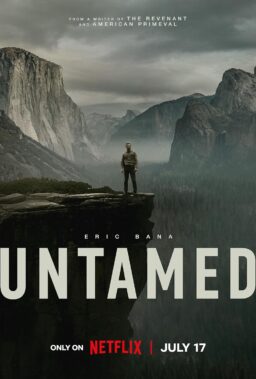“Love, Brooklyn” is the story of three people who are stuck as the community they love changes around them. Roger (André Holland) is a journalist who can’t get started on his story about gentrification. Casey (Nicole Beharie) is a gallery owner and his ex, though they cannot quite figure out whether they want to get back together. Nicole (DeWanda Wise) is a recent widow and the mother of a young girl, who has an intimate relationship with Roger but is still mourning his husband and insists she is not Roger’s girlfriend.
In an interview with RogerEbert.com, director Rachael Abigail Holder discussed casting, locations, and her deeply personal connection to Brooklyn.
You have three of my favorite actors in this film, so I’d love to hear about the casting process.
It started six years ago. They were out to another actor when they took me on as the director. And that actor read the script, and he passed on the project. And I was like, “Wouldn’t it be cool if we made it Black?”
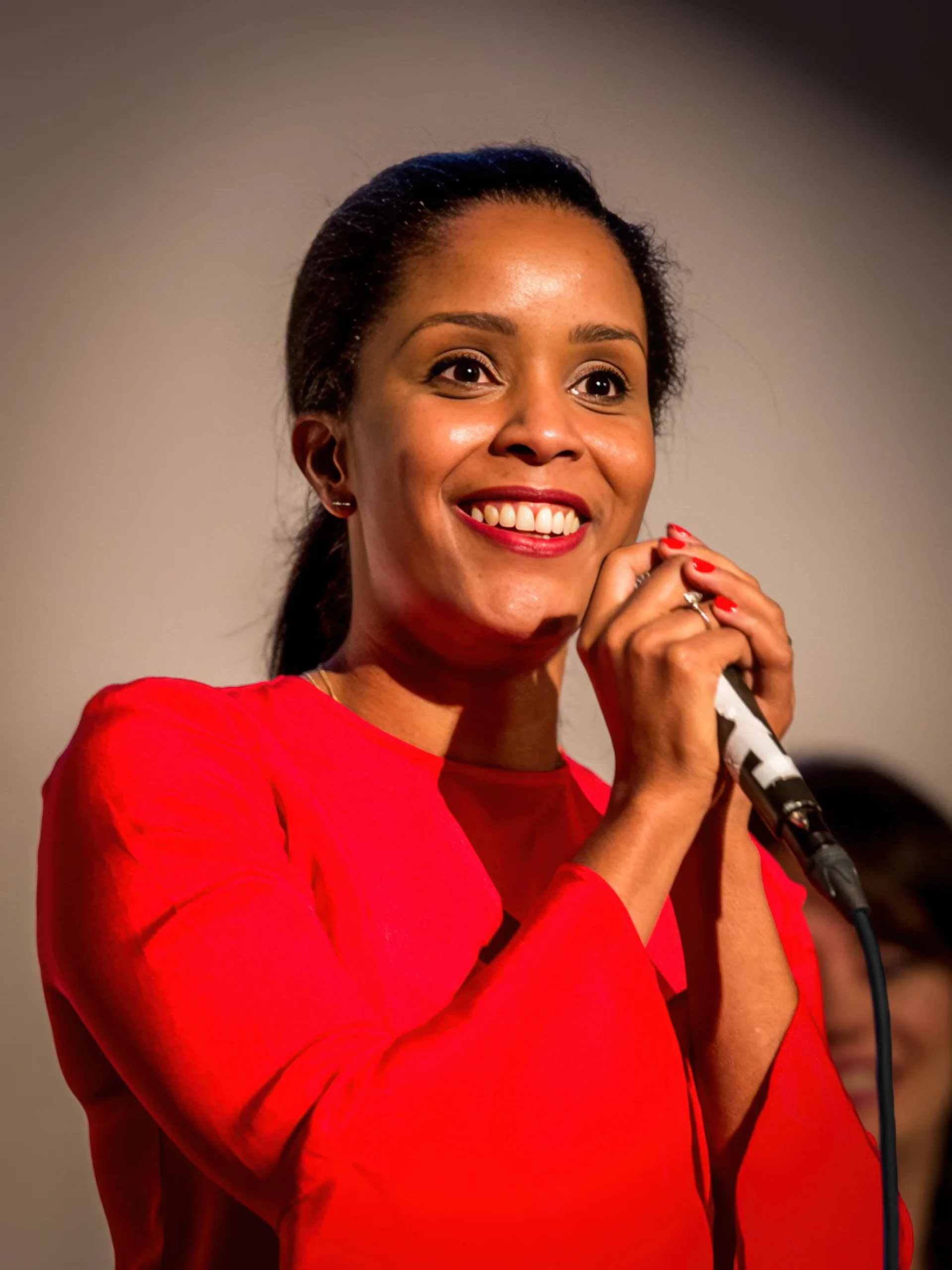
And André Holland has been one of my favorite actors for so long. That moment in “Moonlight” made me think, “We need to see this guy fall in love, like from the beginning.” And I thought it would be fun to see him be funny and a little softer than in the other roles he’s been in. So that was basically my pitch. He’d always wanted to work with Nicole, and so did I. But we didn’t know each other. We started pre-production in 2022, and she was shooting “The Morning Show.”
There was a world where we could have just recast her part and kept on going. And we just didn’t want to do it. The way I describe Nicole’s talent is that she creates more than just a little show; she writes multiple chapters of a story in her eyes. She’s amazing.
DeWanda and I have actually known each other since 2006. I cast her in one of my first New York plays. And we’ve just been like in each other’s worlds without really connecting. She’s playing a very different part than what we normally see her in. She had a juxtaposition of being a confident, blunt, and honest woman, yet also incredibly soft. I love her so much.
We often talk about a location being a character in a movie. Still, in this case, the location is the title character and a parallel for what is happening to the characters. You really made it look beautiful. What does Brooklyn mean to you, and what made it the right location for this story?
Brooklyn is and has always been one of the coolest places on Earth, and it has always been in a state of constant change. The best way to describe Brooklyn’s role as a character in our movie is the beginning of the story of this entire production. Paul Zimmerman wrote the script about his 20s, and Paul is now in his 70s. I read it in 2019, and I felt like he was writing about me and my friends. This particular change that we’re exploring in our story has happened before. I just thought that was wild, that it felt so timeless.
Personally, Brooklyn is where I lived while studying for my MFA. When I was growing up, I lived on Long Island in a predominantly white neighborhood, and I attended an entirely white school. I used to go to Brooklyn every Sunday to go to church with my family. And my family’s West Indian, and Brooklyn’s sort of the landing place for so many Caribbean, West Indian people that going there every Sunday, even if we didn’t go to church, even if we were, like, picking up roti and curry, it felt like I was visiting with family all the time. So, Brooklyn, to me personally, was like my window into my culture.
I want to ask you about one particularly striking scene, where Roger and Casey are at a dinner party with a wealthy art patron named Lorna, and Casey is under a lot of pressure to accommodate her so she will buy more art.
That was one of the funniest and most fun scenes we shot. Cassandra Freeman is another actor who hasn’t had a chance to do their thing. She’s so hilarious, but she’s only played for the most part very dramatic roles. I really wanted Lorna to be a black woman because gentrification is not solely one color. And we all have to look at our relationship to power. I fought hard for her to be a black woman. And I wanted her to be funny too. I wanted it to be light, and I didn’t want it to feel like in-your-face commentary.
In terms of moving the story along, this is a moment where Casey is vulnerable, and Roger picks up on it. She’s softened and upset in a way that only someone who really knows her can know. I think women, Black women, especially, we have this way when we’re upset, sometimes our upset-ness can look like we’re angry or tired. Nicole has this beautiful way of showing her softness and her vulnerability.
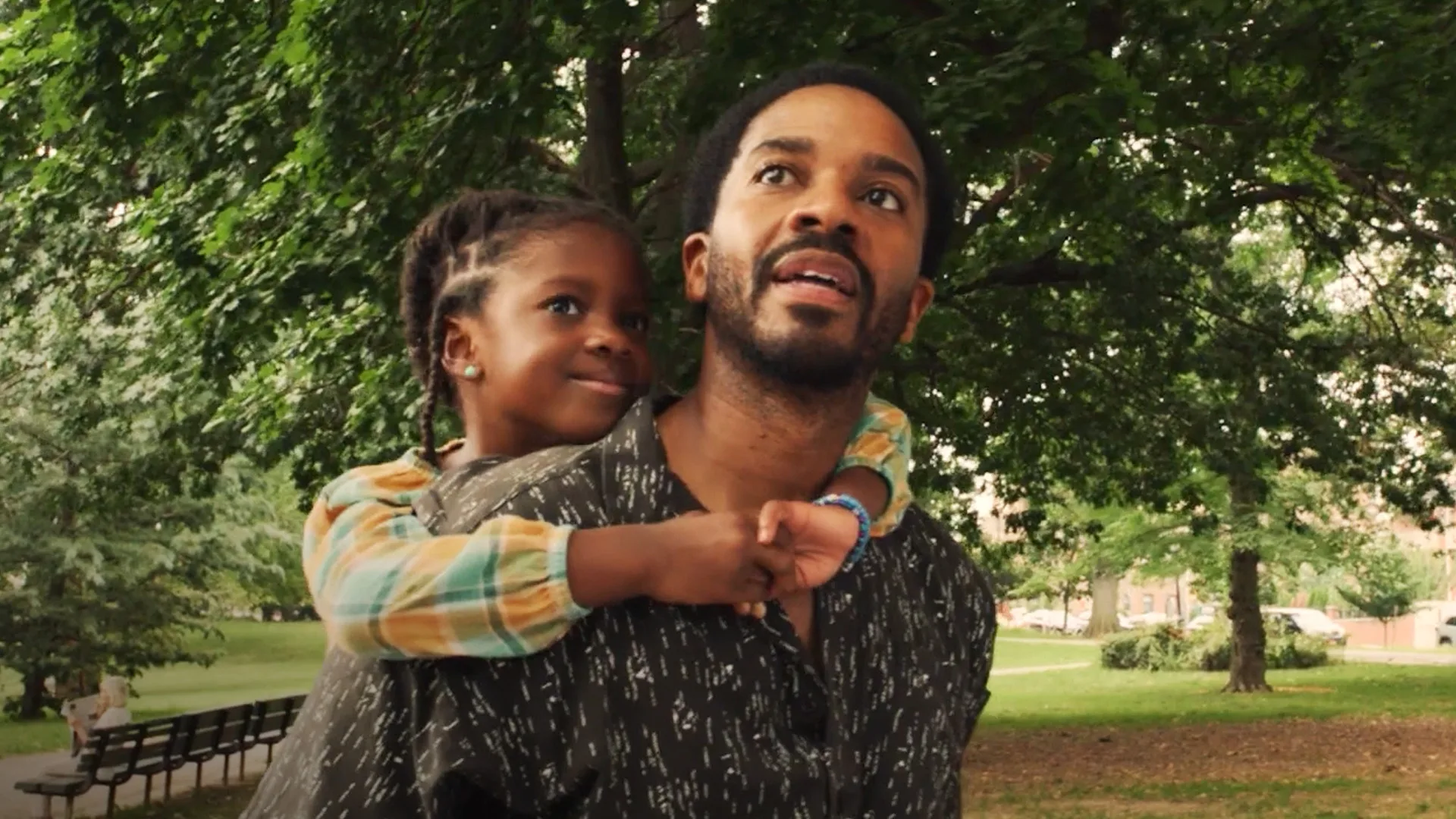
How does the theme of gentrification relate to the past and possible future romantic storylines?
It’s like what Roger says at the end of the movie. You can spend your time being mad about the past and holding on to what the current should be, or what the future should be. And you might be right. But I think life is about trying as much as possible to be mindful about how much you’re staying in the present.
The homes and other interior spaces in the film reveal a great deal about the characters.
Lili Teplan is a genius. She worked so hard with nothing and made all of my dreams come true. I had been building decks for every space in the film since 2019, and kept updating it and pulling images. It felt like the little version of me that would spend hours with my stuffed animals, playing, creating, and building. Meeting Lily and her artistry and her ability to make so much out of nothing was like our inner children meeting together. It was just so magical and amazing.
Our location manager, George Marro, compiled a list of homes and spaces to visit in Brooklyn that we explored extensively. We didn’t have to do a whole build-out.

What has been the best part of showing the film at festivals?
The American Black Film Festival was really fun, and I think that was the first time I watched it with a predominantly Black audience, a large group of Black people all together. I was like, “Oh, this is a different movie.” I felt like I was watching it for the first time, because a lot of the audience members were reacting and talking to the screen. And at the Black Star Film Festival, it felt like I was watching with my cousins.
